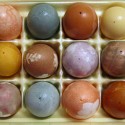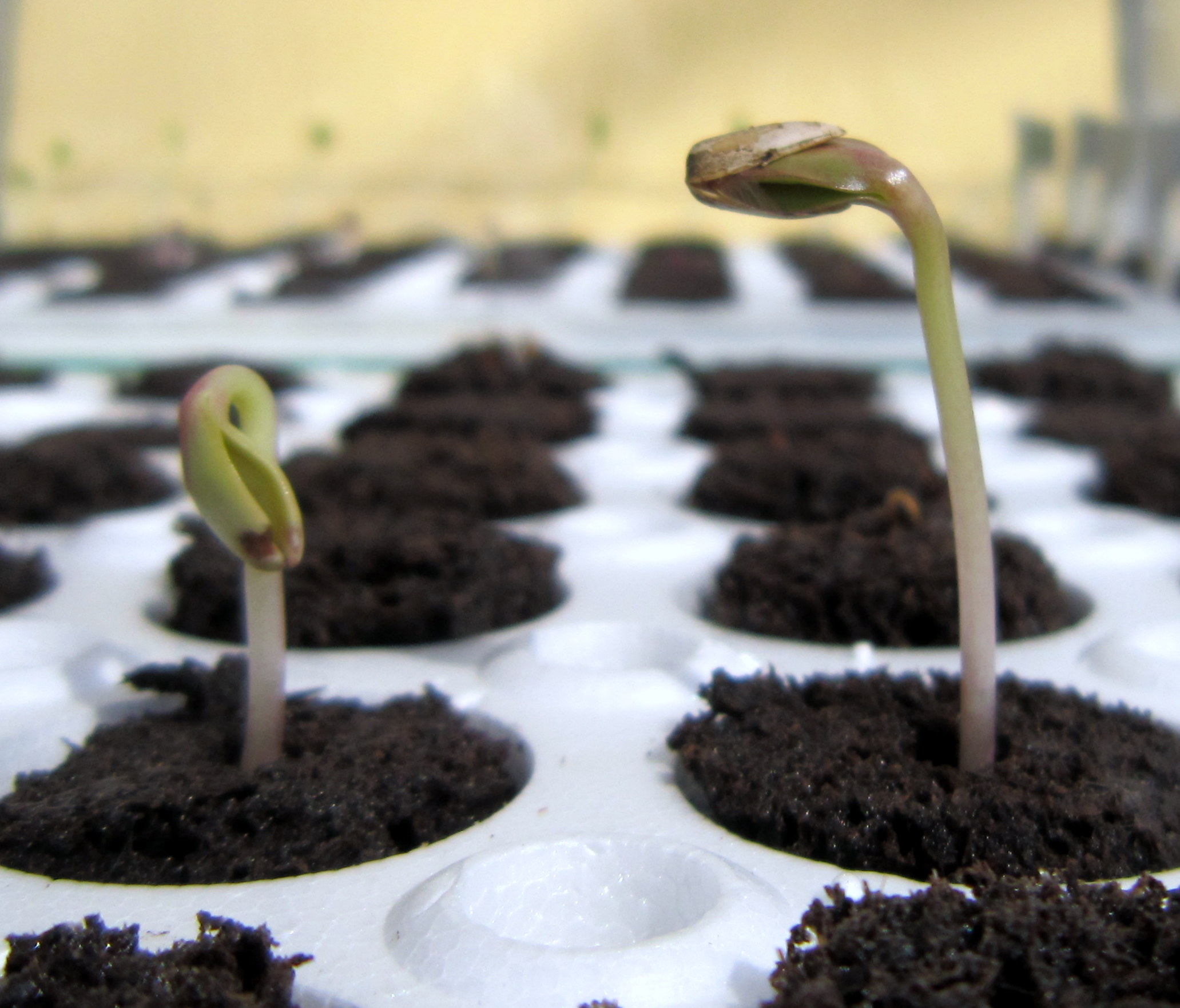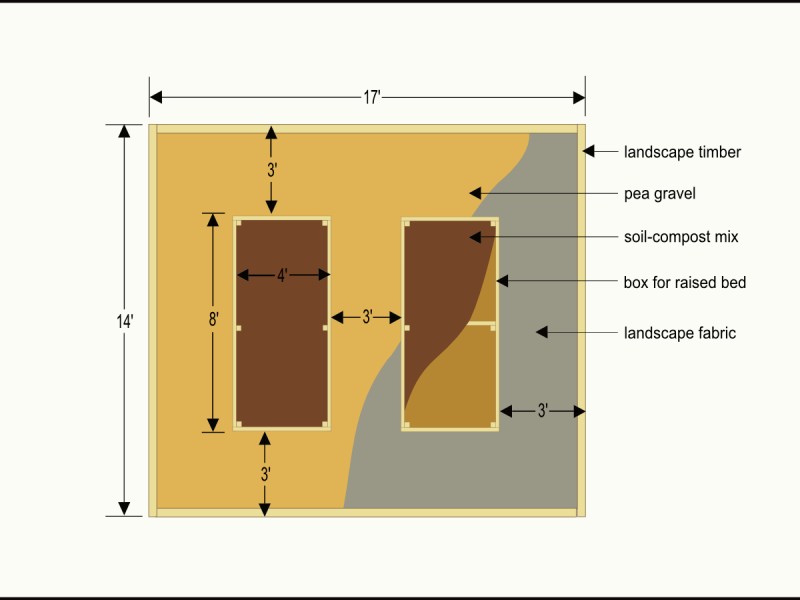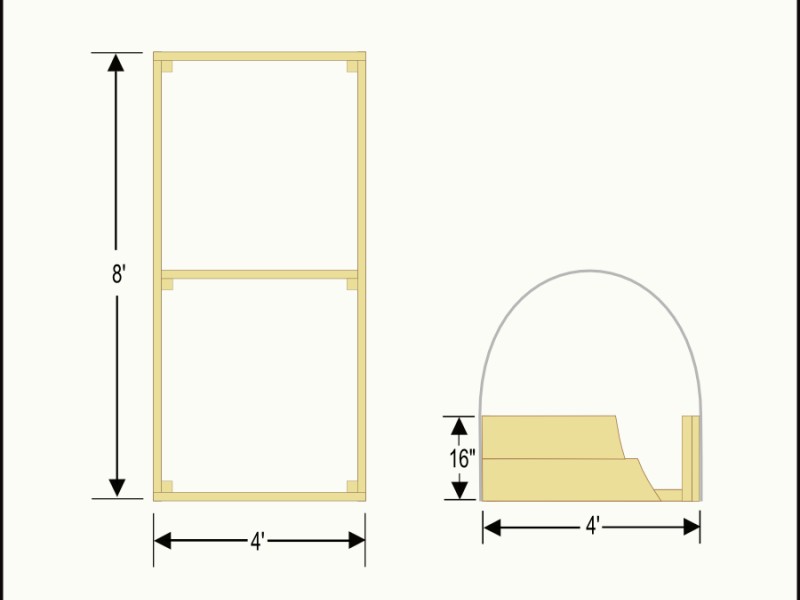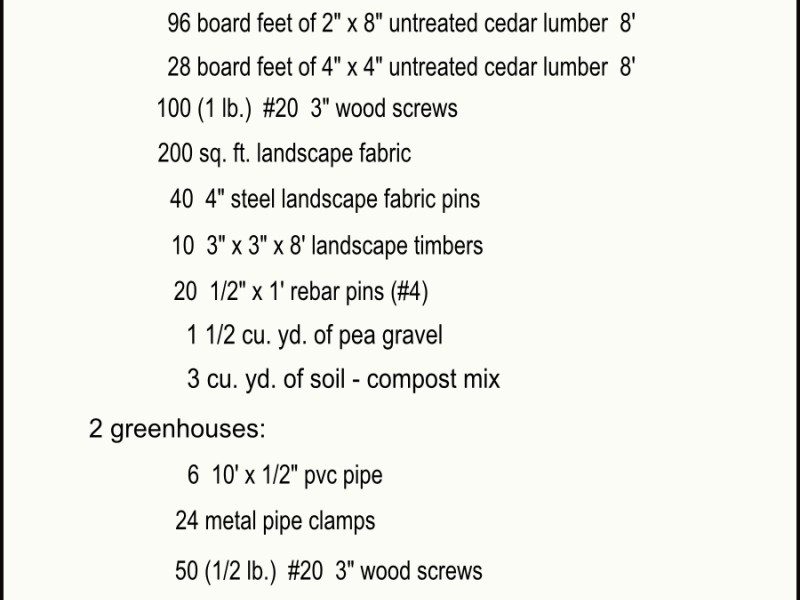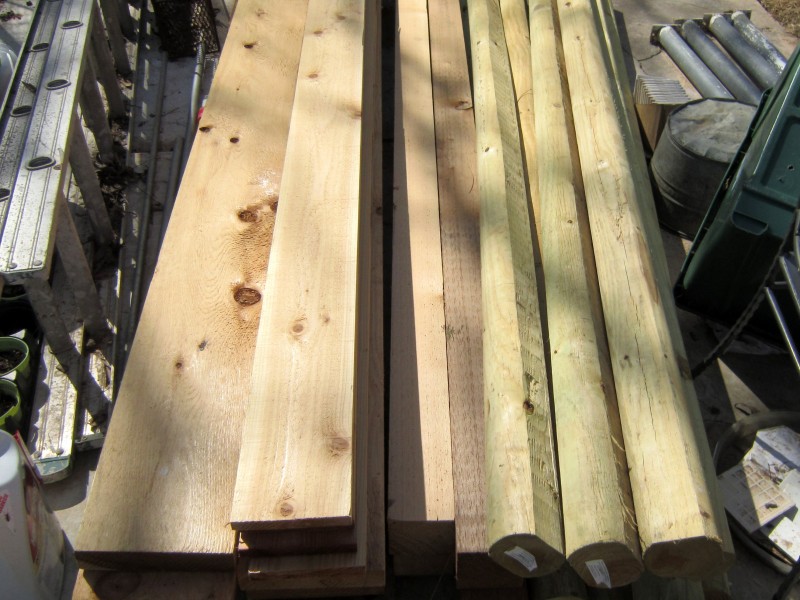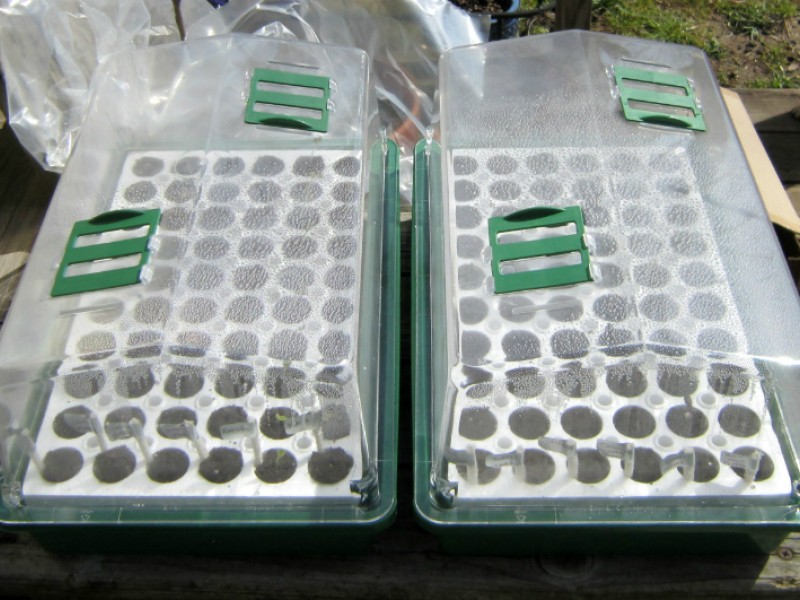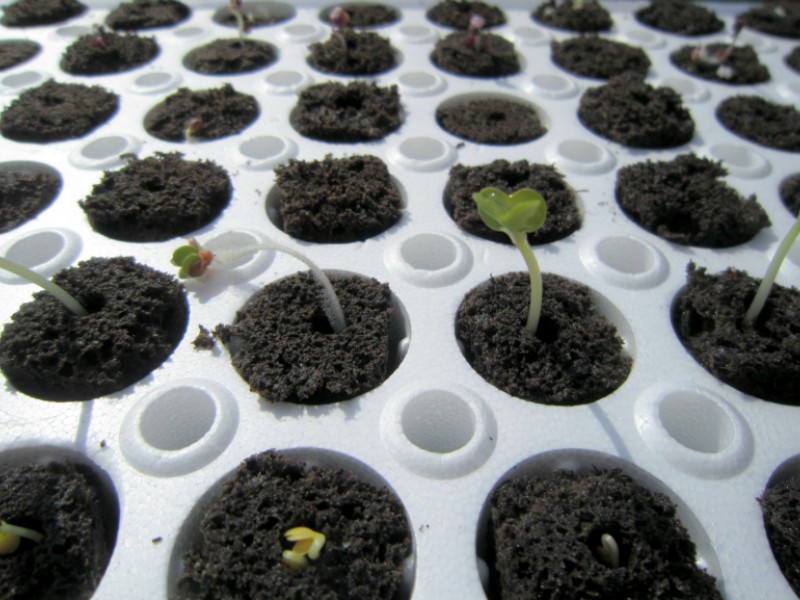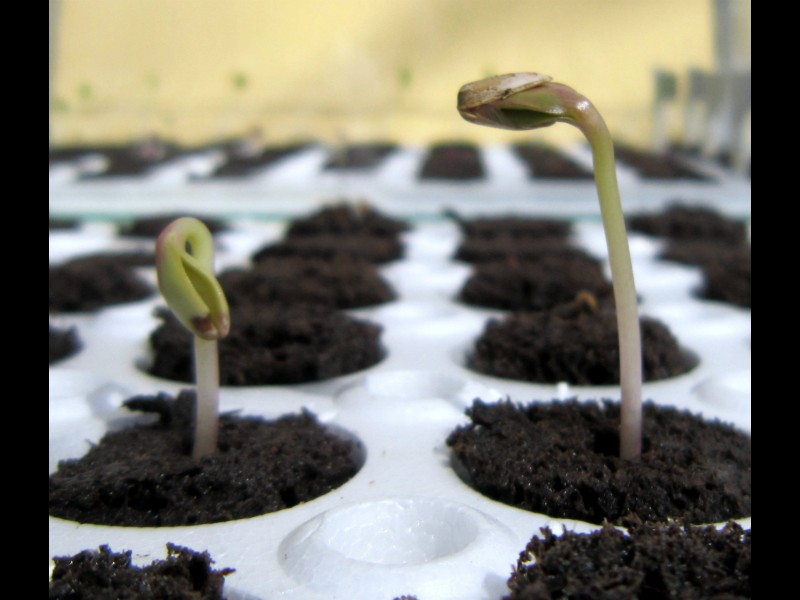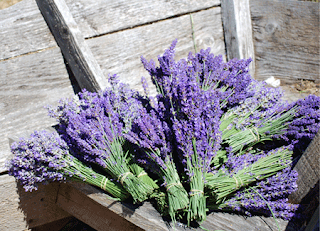Raised-Bed Garden Update
Raised-Bed Garden in Argenta is Real!
The raised-bed garden is finished and the seedlings have been planted. But, no sooner than we did, the weather turned cold once again, dropping to freezing at night. We scambled to add cover to our raised beds. Fearing that was not enough, we reached out to our friends at Maison Terre, who make natural products including candles. Fortunately, they had plenty all-natural soy candles. For many nights and several days we burned candles that kept our little plants warm. Most survived! We are all pleased with our effort and look forward to watching the garden grow in the weeks and months to come.
Check out our earlier post for plans and materials.






